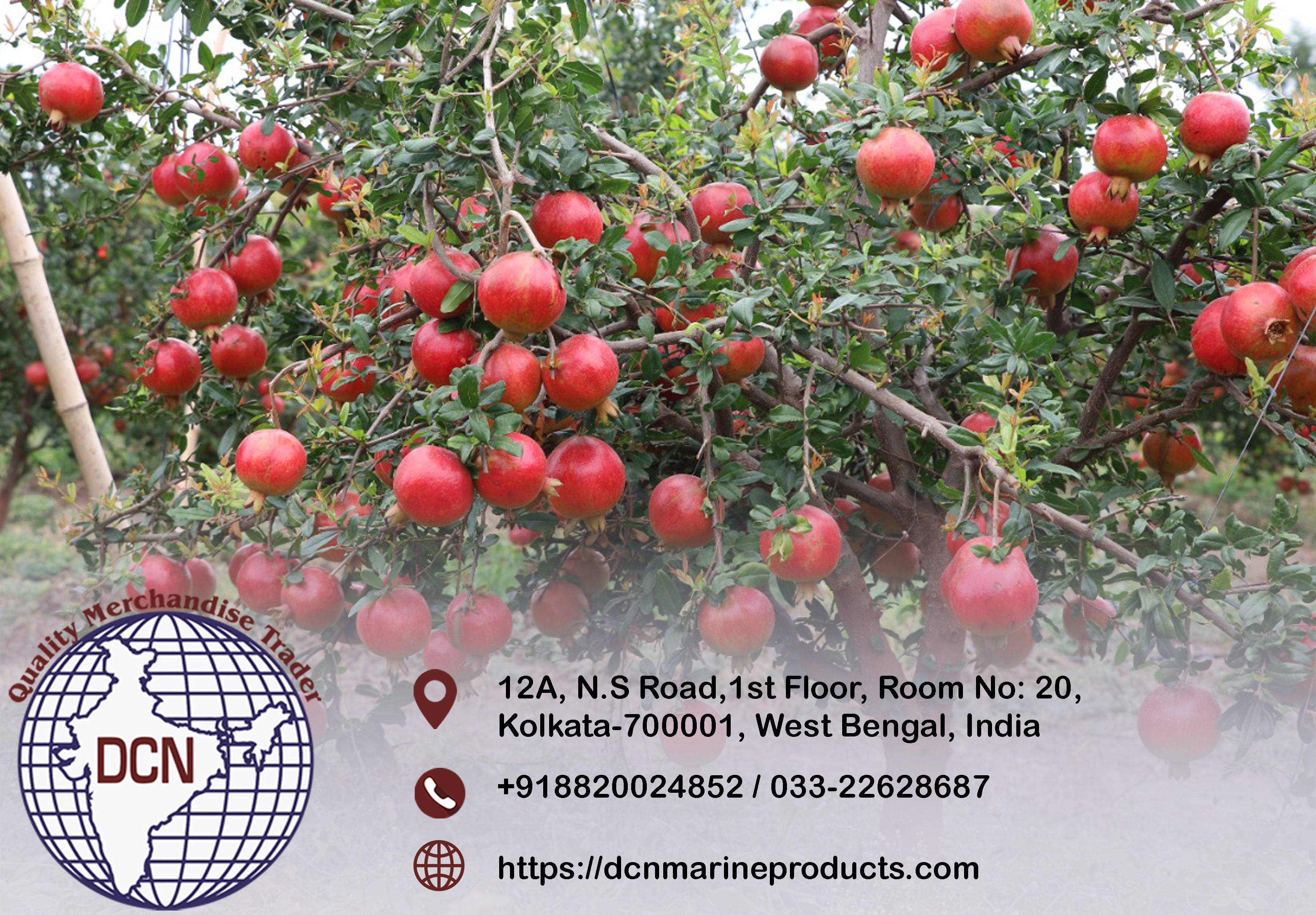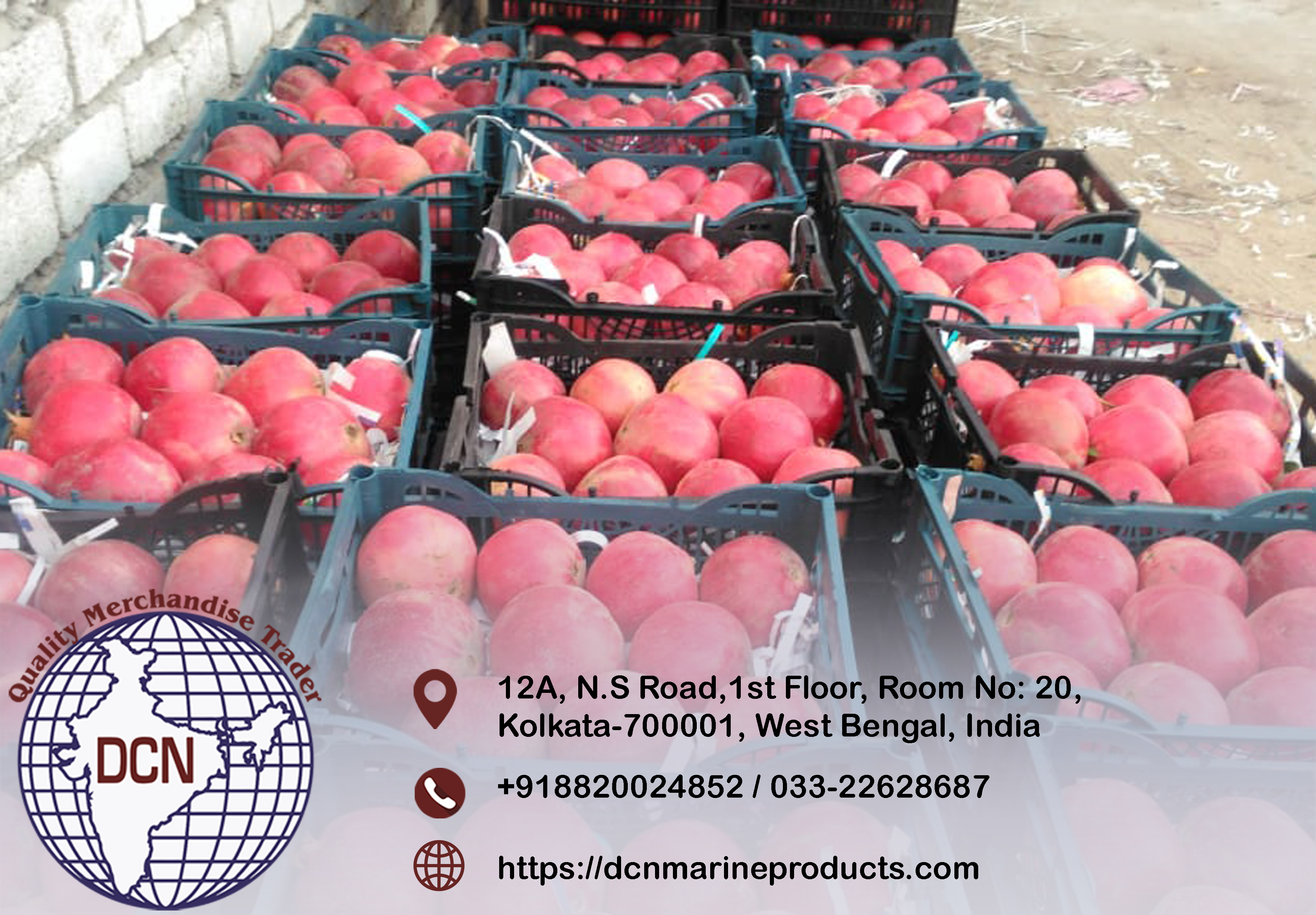Pomegranates are a wonderful fall/winter fruit filled with shiny ruby-red seeds called arils, which are like little capsules of juice that burst in the mouth. The taste is similar to citrus - a little sour, a little sweet - and they are full of vitamin C and antioxidants. Pomegranate pitting is easy once you get the hang of it—plus, it's half the cost of buying ready-to-eat arils.
When you see pomegranates in the store, they are ripe and ready to eat. Choose pomegranates that are heavy for their size (the heavier the fruit, the juicier it will be) with firm, blemish-free skin. And don't forget to wear an apron and use a stain-resistant work surface before you start working with the pomegranates, as the juice will splatter and stain.
How many seeds in a pomegranate:
Pomegranate seeds are said to have 613 -. The pomegranate was revered for the beauty of its bush, flowers and fruit – symbolizing sanctity, fertility and abundance. The Song of Solomon compares the faces of the bride behind the veil to two halves of a pomegranate.
Jewish tradition teaches that the pomegranate is a symbol of righteousness because it is said to have 613 seeds, corresponding to the 613 mitzvot, or commandments of the Torah. In some artistic depictions, the pomegranate is in the hand of Mary, the mother of Jesus.

How to grow pomegranate from seed:
This is another interesting and most commonly asked question the right answer is that it takes 3-5 years to grow pomegranate Once established, they're fairly drought-tolerant, making pomegranate well-suited for mild desert climates. It may take 3-5 years for your new plant to produce fruit
The seeds should be cleaned of the fleshy aril surrounding them and should be planted in loose soil with a covering layer about a 1/2 inch (1.5 cm). Heat should be second on your pomegranate seed care list. These seeds will germinate at normal room temperature in about 30-40 days.

How to prune pomegranate tree:
After the first year, prune your pomegranate during dormancy after frost has passed but before full bloom in the spring. In the late dormant season of the year after planting, cut back branches by 1/3, remove crossing branches, and leave 3-5 shoots per branch.
How to tell if a pomegranate is ripe:
The ripest pomegranates are not ball-shaped. Look for flattened, angular sides rather than perfectly rounded spheres. Pomegranates vary in color from light to dark red. Regardless of color, the real guide to ripeness is the smoothness and firmness of its hard, leathery skin.
How do you know pomegranate is sweet:
The ripest pomegranates are not ball-shaped. Look for flattened, angular sides rather than perfectly rounded spheres. Pomegranates vary in color from light to dark red. Regardless of color, the real guide to ripeness is the smoothness and firmness of its hard, leathery skin.
How long can you keep pomegranate:
If you keep whole pomegranates in the fridge, the shelf life will be extended to two months. However, once you remove the pomegranate seeds from the fruit, it will keep for about five to seven days when stored in the refrigerator. For long-term storage, freeze pomegranate seeds for up to a year.
Where do pomegranates grow:
The pomegranate tree is one of the oldest cultivated trees in history. Ancient Mesopotamian cuneiform records mention the pomegranate as early as 4,000 years ago. They come from an area from Iran to northern India, where sweet fruits and luxurious flowers were grown mainly for the elite.
Spanish settlers brought the pomegranate to North America in the late 1600s, but it wasn't until the 1760s that it was brought to California. Today, the pomegranate is grown throughout the Mediterranean region, the Indian subcontinent, Central and Southeast Asia, tropical Africa, and parts of the United States. California and Arizona are the top pomegranate-producing states.

How fast do pomegranate trees grow:
Best known for its antioxidant-rich fruit, the pomegranate bush is widely cultivated throughout the Mediterranean region. Its tubular flowers begin to appear in late May and early June, providing nice spring colors while the fruit ripens from September to October. The fruit is a bit unusual as the only edible parts are the gems and seeds found inside.
This shrub grows at a moderate rate, with a height increase of 13-24" per year.
This specimen loves a warmer climate, growing best in hardiness zones 7-10. It can either be allowed to grow naturally as a shrub or cut back and grown as a small tree.
When do pomegranate trees bear fruit:
Almost it takes two to five years for pomegranate trees to bear fruit It can take an average of two to five years for a tree to bear edible fruit for the first time. If you are determined to try this method, there are several ways to get started
In general, pomegranate trees will produce a reliable harvest two to three years after planting. They flower from mid-spring to autumn, and fruits planted in March or April will be ready for harvest between August and October, depending on the variety.
You must know...
Pomegranates are a popular fruit in many countries. They are juicy and sweet and are used in many dishes. But the price of pomegranates is too high for some people, so they decide to import them from India. India is one of the major producers of pomegranates in the world. It has been found that importing Indian pomegranates is beneficial for many reasons.
The first benefit of importing pomegranates from India is that they are cheaper than those available in the local market. The second benefit is that you can get your favorite fruits all year round because Indian seasonality doesn't apply to imported fruits. And finally, it's more sustainable because it helps to cut down on food miles and reduce carbon emissions associated with food transportation.
Also, it is beneficial because this fruit grows naturally in India and does not need to be imported from elsewhere. It is a healthy fruit as it contains high levels of antioxidants and other nutrients which are good for health. Most important is that Indian pomegranates are very cheap as compared to imported ones which makes them a better choice economically. Also, they have a longer shelf life than imported ones which means they can be stored for longer periods without getting spoilt
India is the world’s leading producer of pomegranates. With over 1,000 varieties of pomegranates, India has the widest variety in the world. Indian pomegranates are very popular in the Middle East, Europe, and the Far East.
Most of the Indian pomegranates exported to overseas markets are grown in the arid regions of Rajasthan and Gujarat. The arid regions have a long, hot, and dry season, which is the best time to grow pomegranates. The climate in these regions is also very favorable for the growth of pomegranates.
The Indian pomegranates exported to overseas markets are usually very tart and have a very intense flavor. They are also very juicy and have a very smooth texture. Indian pomegranates are often used in Persian and Turkish cuisine. They are also used in confections and liqueurs. They are also very healthy. Importing them will definitely be beneficial.
Packaging:
- Primary Packaging: Corrugated Fibreboard Box
- The Package Box Dimension: 400 x 200 x 105 MM / 380 x 270 x 125 MM
- Carton Gross Weight: 3.5kg/ 5Kg.

Tags: import pomegranate from india, buy pomegranate from india, buy pomegranate